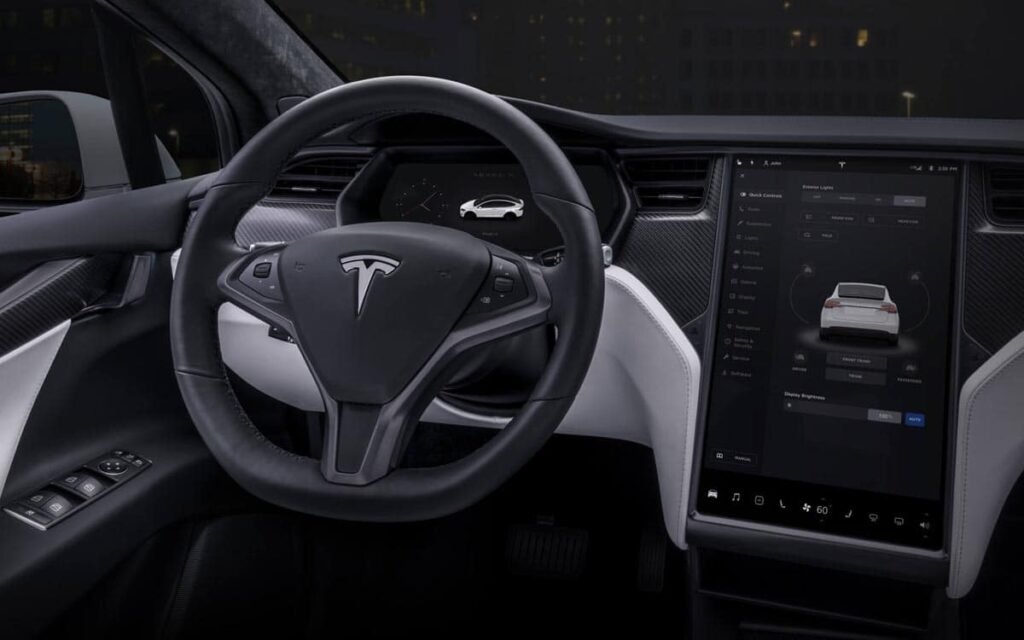Tesla develops more accurate GPS for navigation and autonomous driving

Tesla wants to secure the intellectual property of better and cheaper GPS antenna technology that would serve both navigation and self-driving functions.
Tesla has filed a patent application for a new multiband GPS antenna technology. According to the documents, it would be more accurate than other antennas and would also use navigation than autonomous driving. Even more interesting, the automaker claims that this new-generation antenna would be more energy efficient and less expensive to produce. In short, Tesla believes it wins on all counts with this antenna that it is developing and whose intellectual property it wants to protect.
Tesla: a new GPS antenna to improve navigation and autonomous driving
According to the patent application, “signals received from a GNSS antenna can be combined with data from other sensors (e.g., ultrasonic sensors and/or cameras) to plan a route and move a vehicle to a target location. This antenna would therefore be especially useful for a Tesla vehicle to get to the driver or another person independently, or to find a parking space on its own.
The technology is also described as “useful for other functionalities related to accurate or general location information, such as navigation, autonomous driving, finding nearby gas stations, restaurants or businesses”. Tesla has also thought of the practical integration of such an antenna on a vehicle. The patent application explains that it can “be integrated under and into an exterior glass surface of a vehicle”.
The design is based on “a capacitively coupled metal element placed on or adjacent to the outer glass surface”. This can be used “as a parasitic element to improve the gain, but also as a heating element to melt the accumulation of snow and/or ice on the glass surface covering the antenna”.
The US group specifies that “in certain applications, the structure of the antenna itself can be used as a heating element to improve performance in adverse weather conditions while positioning the heating elements away from the electronics. Thermosensitive.” Only time will tell whether this antenna will indeed be built into Tesla vehicles.
Research Snipers is currently covering all technology news including Google, Apple, Android, Xiaomi, Huawei, Samsung News, and More. Research Snipers has decade of experience in breaking technology news, covering latest trends in tech news, and recent developments.









